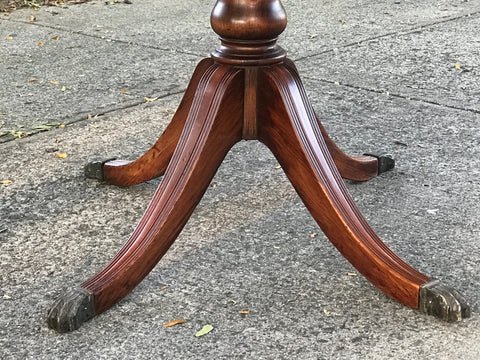- FURNITURE
- ABOUT US
- ART & DECOR
- LIGHTING
- ACCESSORIES
- CLOCKS
- WATCHES
- CUSTOM & RESTORE
- Sign in
-
United States (USD $)
-
FURNITURE
-
ABOUT US
-
ART & DECOR
-
LIGHTING
-
ACCESSORIES
-
CLOCKS
-
WATCHES
-
CUSTOM & RESTORE












Nickolus Barwig
July 31, 2020
I believe I have a Duncan Phyfe and I may be willing to part with it. I’d be interested in learning more if you care to help me.
Best,
Nickolus